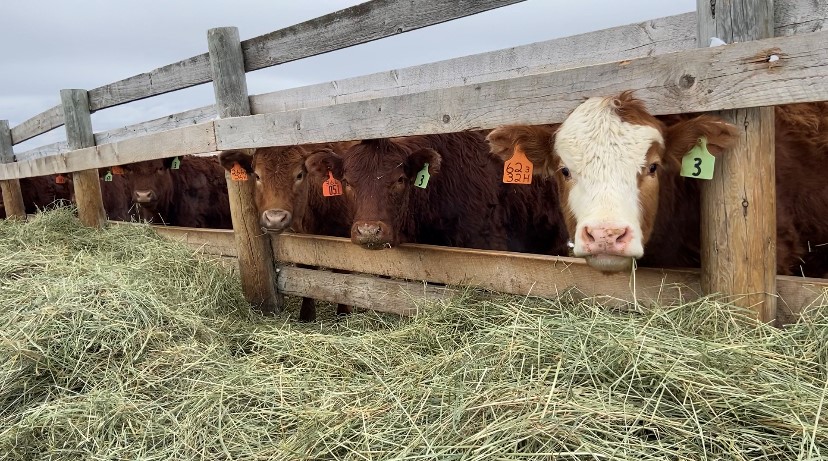After the death of 12 animals in the RM of Piapot, Sask. due to anthrax, Saskatchewan agriculture is reminding producers to be on the lookout for anthrax in their animals.

Anthrax is a bacteria found in the soil and it infects mammals. Some mammals like dogs are very resistant, whereas cattle and bison are more prone to the bacteria. Farm dogs and cats should be kept away from carcasses. The anthrax forms spores that can survive in the environment for years, even decades.
There is an effective vaccine available and Dr. Wendy Wilkins Disease Surveillance Veterinarian Ministry of Agriculture says that if producers are concerned about anthrax they should get it.
“If producers are asking themselves if they are vaccinated for anthrax, then they probably should be vaccinating for anthrax,” Dr. Wendy Wilkins Disease Surveillance Veterinarian Ministry of Agriculture said.
She added that the bacteria tends to survive best in alkaline soils, which make up large parts of the province. Animals get exposed when they ingest the infected soil as they graze close to the ground. The bacteria then begin to multiply quickly and it doesn’t take long before the animal is dead.
“So often what producers see is they walk out to check their animals and the first sign of anthrax they see is one or more dead animals,” Wilkins said.
- What is a halal mortgage? How interest-free home financing works in Canada
- Capital gains changes are ‘really fair,’ Freeland says, as doctors cry foul
- Ontario doctors offer solutions to help address shortage of family physicians
- Starbucks looks likely to win U.S. Supreme Court case involving pro-union workers
“If you think that you can absorb the cost of losing 10% of your herd overnight to anthrax. Sure, choose not to vaccinate, but the vaccine itself is not that expensive in comparison to the economic losses you would incur if animals were to start dying,” she said.
Wilkins added that humans are susceptible to getting infected but not as much as bison or cattle.
“The contact that people will have is what we call cutaneous. That’s through the skin. And the bacteria can infect you if your skin is intact, but you have a cut or scrape, you know, an open wound if it splashes in your eyes,” she said. “The rate of infection is not as quick or as lethal as if it were to be ingested or inhaled. So the anthrax lesions on the skin, they’re relatively slow growing and usually treated with antibiotics.”
She said that producers in the area and the public in the vicinity where the infection was detected, may have concerns about their and their animals’ safety but the risk at this time is contained to the single premises and there is no reason for alarm in the larger community.
The carcasses of any animal suspected of having anthrax should not be moved or disturbed and should be protected from scavengers such as coyotes or ravens, to prevent spreading spores in the environment.
Anyone who suspects anthrax should contact their local veterinarian immediately for diagnosis. All tests must be confirmed by a laboratory diagnosis. All positive test results must be immediately reported to the provincial Chief Veterinary Officer.




Comments